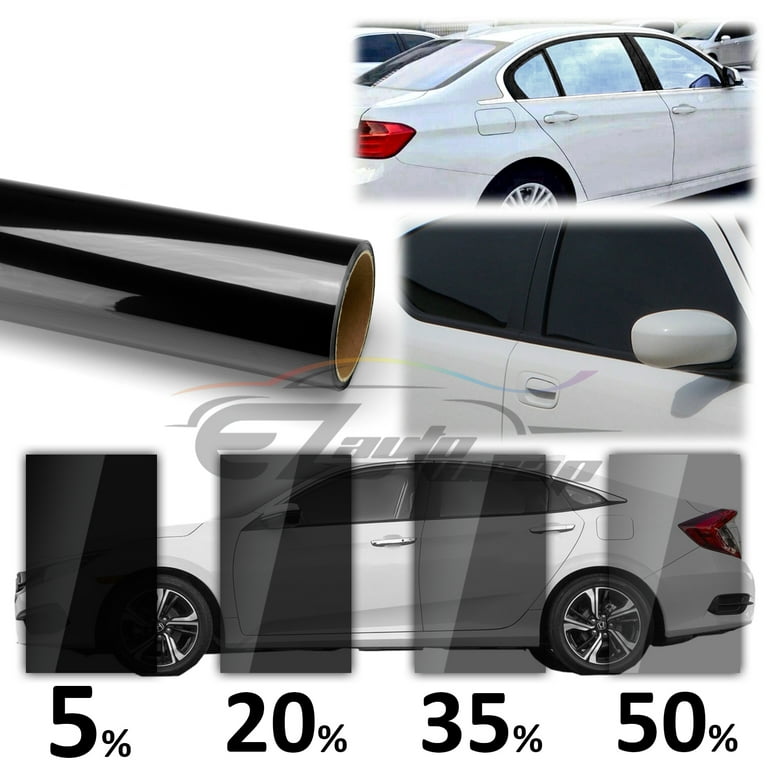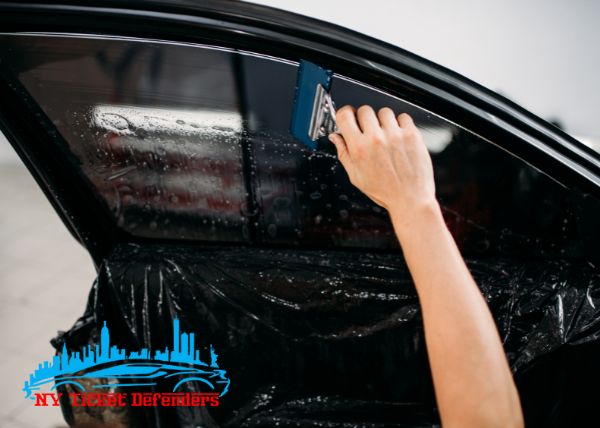Window Tinting Laws and Standards: What You Required to Know Prior To Tinting Your Cars And Truck
Before waging home window tinting for your car, it is vital to familiarize yourself with the diverse laws and guidelines that control this technique across various states. These guidelines determine the allowable levels of color darkness, typically measured by visible light transmission (VLT) percentages, and consist of details stipulations for front windscreens aimed at making sure roadway safety. In addition, specific territories may offer clinical exemptions for people with certifying conditions. Recognizing these intricacies can conserve you from possible lawful implications, however what are the particular regulations in your state?
Summary of Window Tinting Rules
Window tinting legislations are often based on variant throughout different territories, mirroring local policies and safety and security factors to consider. These legislations determine the permitted levels of tint darkness and reflectiveness on vehicle windows, guaranteeing that vehicle drivers maintain sufficient presence while likewise securing against damaging UV rays and warm.
A lot of laws classify window tinting based upon the Visible Light Transmission (VLT) percentage, which indicates the quantity of light that can go through the home window. Typically, lower VLT percents symbolize darker colors. Legislations typically differentiate in between the front, side, and back windows, with stricter constraints related to the front windshield to improve safety for both the chauffeur and various other road individuals.
Conformity with window tinting policies is important, as violations can result in fines, compulsory removal of the color, and potential rises in insurance policy costs. It is important for lorry owners to acquaint themselves with neighborhood regulations before proceeding with window tinting setups.
State-by-State Color Laws
Understanding the details window tinting laws in each state is essential for lorry owners seeking to abide by the law. Each state in the U.S. has established its very own set of regulations regulating home window tinting, which can differ dramatically. These laws commonly dictate the allowable degrees of color darkness, the kinds of windows that can be tinted, and any type of clinical exceptions that might use.
For instance, states like California have strict limitations on tint darkness for front home windows, while others, such as New Mexico, may enable darker tints. Furthermore, specific states mandate details exposure portions for different home windows, consisting of the windscreen, front side home windows, and back windows. It is crucial for cars and truck owners to acquaint themselves with their state's regulations to avoid potential penalties or charges.
Moreover, some states may require a qualification sticker to be positioned on colored home windows, suggesting conformity with state regulations. Failure to follow these laws not just runs the risk of legal effects however can also affect safety and visibility while driving. Vehicle owners must conduct thorough research or speak with neighborhood authorities to ensure complete understanding and conformity with state-by-state tint guidelines.
Allowed Tint Types and degrees
Numerous lorry owners may be shocked to learn that allowed color levels and types vary commonly throughout various states. Each state has developed its very own guidelines concerning the permitted darkness and reflectivity of window tint, frequently determined by Visible Light Transmission (VLT) portions. VLT describes the quantity of light that can travel through the colored home windows; thus, a lower percentage shows a darker color.

Additionally, the kinds of color products allowed can vary, with some states forbiding mirror-like or metallic surfaces. It is necessary for car owners to acquaint themselves with their state's certain legislations to ensure conformity. Non-compliance can cause fines, necessary elimination of the tint, or other legal consequences, making it important to understand these regulations prior to proceeding with installation.
Medical Exemptions for Tinting
While not all states offer allocations for clinical exceptions pertaining to home window tinting, those that do identify the necessity for certain individuals to enhance exposure and convenience due to clinical problems. Numerous medical Read Full Article conditions, such as lupus, skin cancer, and specific eye problems, can render people particularly delicate to sunlight. Subsequently, these individuals might require darker tints to protect themselves from unsafe UV rays and glare.

It is necessary to note that despite a clinical exemption, there might still be restrictions on the degree of color enabled. Compliance with try these out state regulations guarantees that individuals are both safeguarded and within legal restrictions. Those taking into consideration medical exceptions should call their local Department of Electric motor Cars or equal authority to understand the treatments and demands necessary to get an exception effectively.
Charges for Non-Compliance
Stopping working to abide by window tinting regulations can cause significant penalties, which differ by state. Law enforcement firms are encouraged to provide citations for cars that do not stick to the defined tinting guidelines. These charges normally consist of penalties, which can range from modest total up to several hundred bucks, depending on the extent of the offense and the state in concern.
In some territories, duplicated offenses may result in intensifying penalties or extra charges, such as necessary court looks. Non-compliance might require the removal of unlawful tinting, commonly at the proprietor's expenditure. In severe situations, habitual culprits may deal with suspension of their lorry enrollment till conformity is attained.
Furthermore, insurance coverage effects might occur from receiving multiple citations for home window tint offenses. Insurance companies might watch such infractions as an indication of riskier behavior, possibly causing enhanced costs or difficulty in protection.
To avoid these charges, it is crucial for vehicle proprietors to acquaint themselves with their regional home window tinting legislations and ensure that their car complies (Window Tinting). This proactive method not just avoids legal ramifications yet likewise promotes roadway safety and security
Final Thought

Most regulations identify home window tinting based on the Visible Light Transmission (VLT) portion, which indicates the amount of light that can pass through the home window. Conformity with window tinting laws is crucial, as violations can result in penalties, obligatory elimination of the tint, and prospective increases in insurance policy premiums.Recognizing the details window tinting laws in each state is crucial for automobile owners seeking to conform with the legislation. These laws commonly dictate the permitted levels of tint darkness, the kinds of home windows that can be tinted, and any medical exemptions that might use.
For circumstances, states like California have stringent limitations on tint darkness for front home windows, while others, such as New Mexico, may enable darker tints.
Comments on “Leading Reasons to Pick Expert Auto Window Tinting Providers”